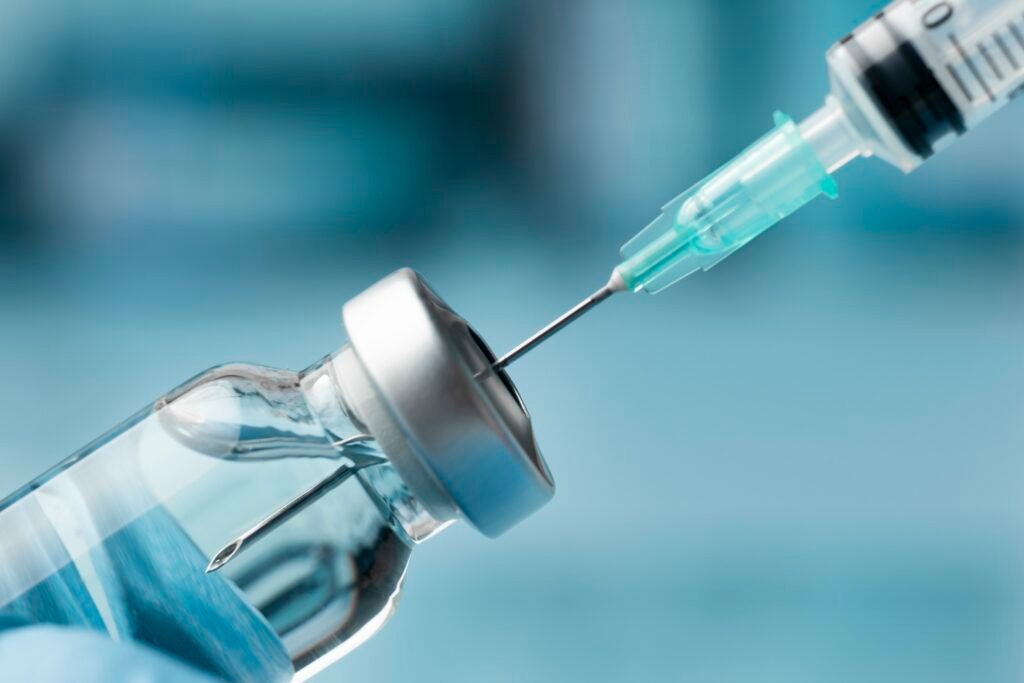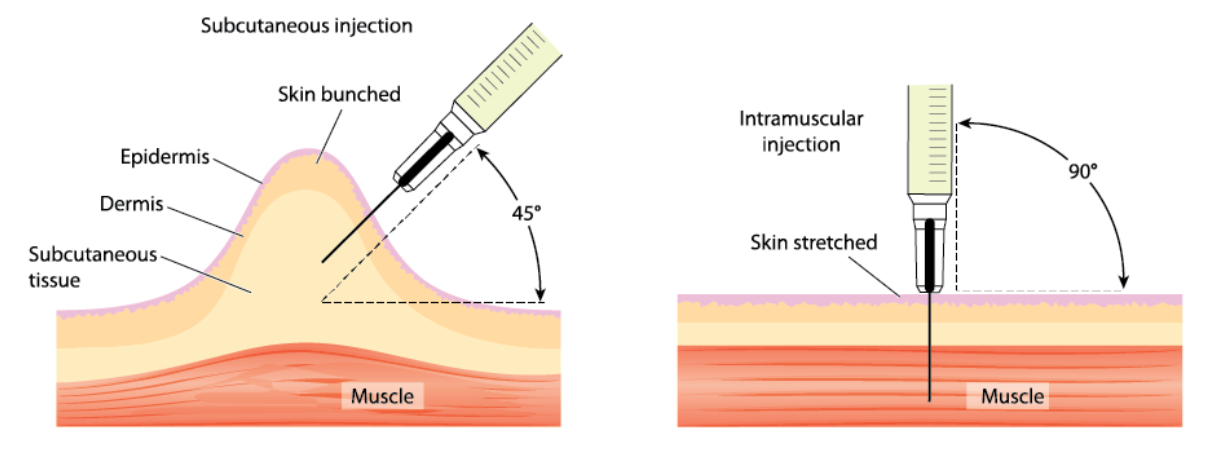In general, AAS are usually injected into the muscle and peptide substances into fat. Recently, however, I have been increasingly encountering the administration of AAS only into fat. Is this a good idea? Let’s break it down. It is indeed possible to inject AAS into fat, but only in limited amounts, with a maximum recommended dose of 1 to 1.5 ml.
I found a study that compared the outcome between intramuscular administration of TST Cypionate and subcutaneous administration of TST Enanthate. The study involved 234 hypogonadal men. They were divided into two groups:
Group receiving 100 mg TST C weekly into muscle
Group receiving 100 mg TST E weekly into fat
The study lasted 12 weeks and monitored testosterone levels, E2, red blood cells, and PSA (prostate). Let’s look at the results:
Testosterone levels in the group with TST C intramuscular injections: after 12 weeks, levels ranged from 313.6 ng/dl to 536 ng/dl.
Testosterone levels in the group with TST E subcutaneous injections: after 12 weeks, levels ranged from 246.6 ng/dl to 552.8 ng/dl.
As you can see, testosterone levels in the blood were practically identical in both groups. The difference was that E2 levels were significantly lower with subcutaneous injections, as were red blood cell levels. PSA values did not change with either method of administration.

In another study from 2002, 22 men administered 125 mg of TST weekly subcutaneously for a duration of 12 weeks. Results:
The average minimum TST level before the study was 14.48 nmol/l and at the end 59.94 nmol/l – a significant increase.
The average maximum TST level before the study was 21.65 nmol/l and at the end 85.17 nmol/l – up to 4× higher values.
As can be seen, subcutaneous administration is effective, it is just a pity that in the study subcutaneous and intramuscular administration were not compared. But we also have another study from 2019, where this difference was examined. 20 men participated, each of whom was administered 1000 mg of TST Undecanoate (Nebido).
In the group with subcutaneous administration, pain was reported after about 24 hours – the reason is clear, 4 ml of oil into fat is really too much. It is recommended to inject subcutaneously a maximum of 1–1.5 ml. Let’s look at the results:
The maximum TST level in the blood was reached on average on the 8th day with subcutaneous administration and on the 3rd day with intramuscular administration. Thus, it is clear that the substance is absorbed more quickly into the muscle.
The maximum TST level in the blood was 8.4 ng/ml with subcutaneous administration and 9.6 ng/ml with intramuscular administration – so the difference is not significant (only 1.2 ng/ml).
The duration for which TST remained in the blood was on average 183 days with subcutaneous administration and 110 days with intramuscular administration.
DHT and E2 levels did not differ significantly.
So it is clear that subcutaneous administration causes a slower onset of maximum TST level, but the achieved values are practically the same as with intramuscular application. The difference is that with subcutaneous administration, TST remains in the blood considerably longer.

Conclusion:
Subcutaneous administration brings more stable levels of the active substance in the blood. The onset of the maximum level is indeed slower, but the active substance remains in the blood longer. The only disadvantage is that in a single dose it should not be more than 1–1.5 ml of oil – otherwise there is a risk of a painful lump at the injection site.
This method is suitable for those who have problems with high E2 levels, high blood pressure, or “flu-like” states after higher doses of AAS. If AAS is applied subcutaneously every day or every 2–3 days in lower doses, the body tolerates it better. E2 levels tend to be lower, blood pressure more stable, and flu-like states practically do not appear.
For example:
70 mg daily
165 mg every other day
For those who want to get the maximum out of AAS and achieve higher levels of the active substance, intramuscular administration remains the clear choice. But in my opinion, for regular users this is not necessary.


